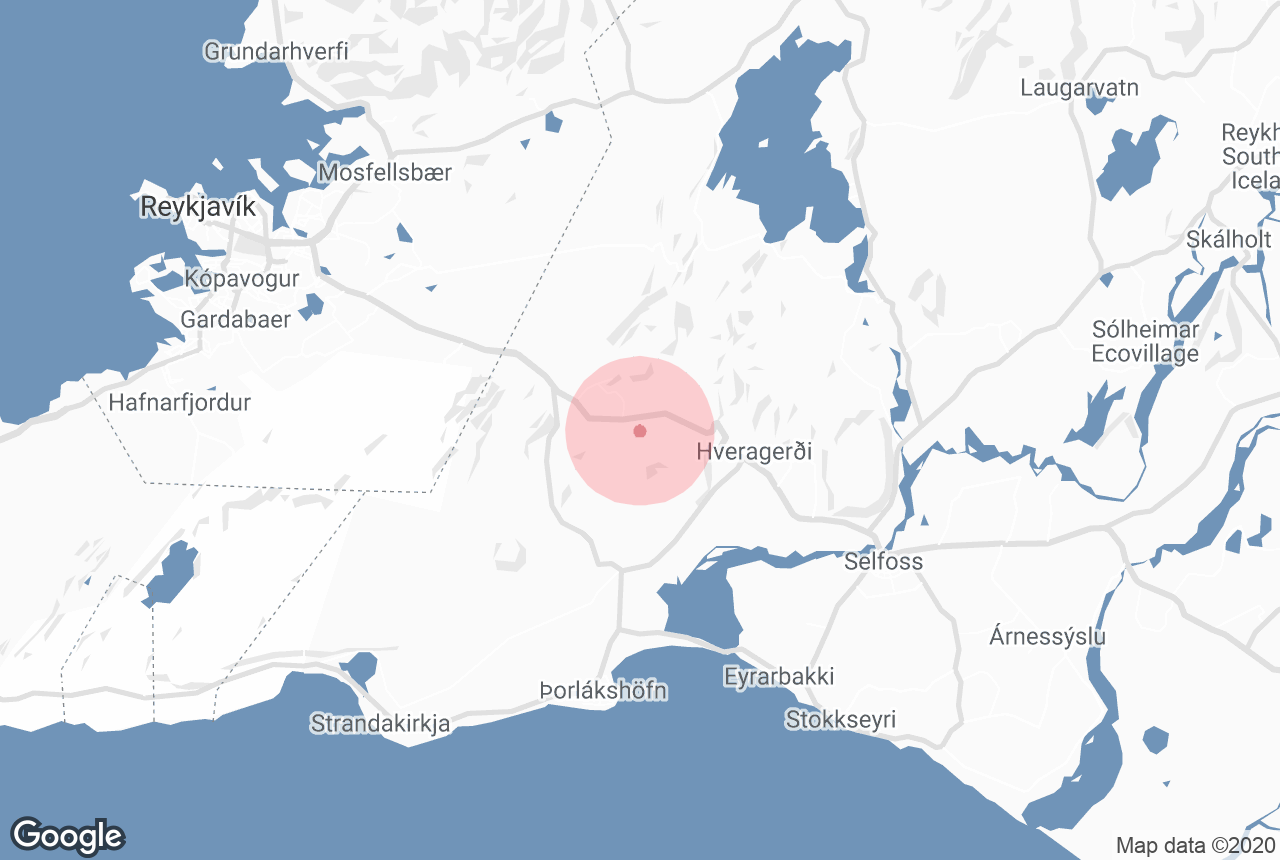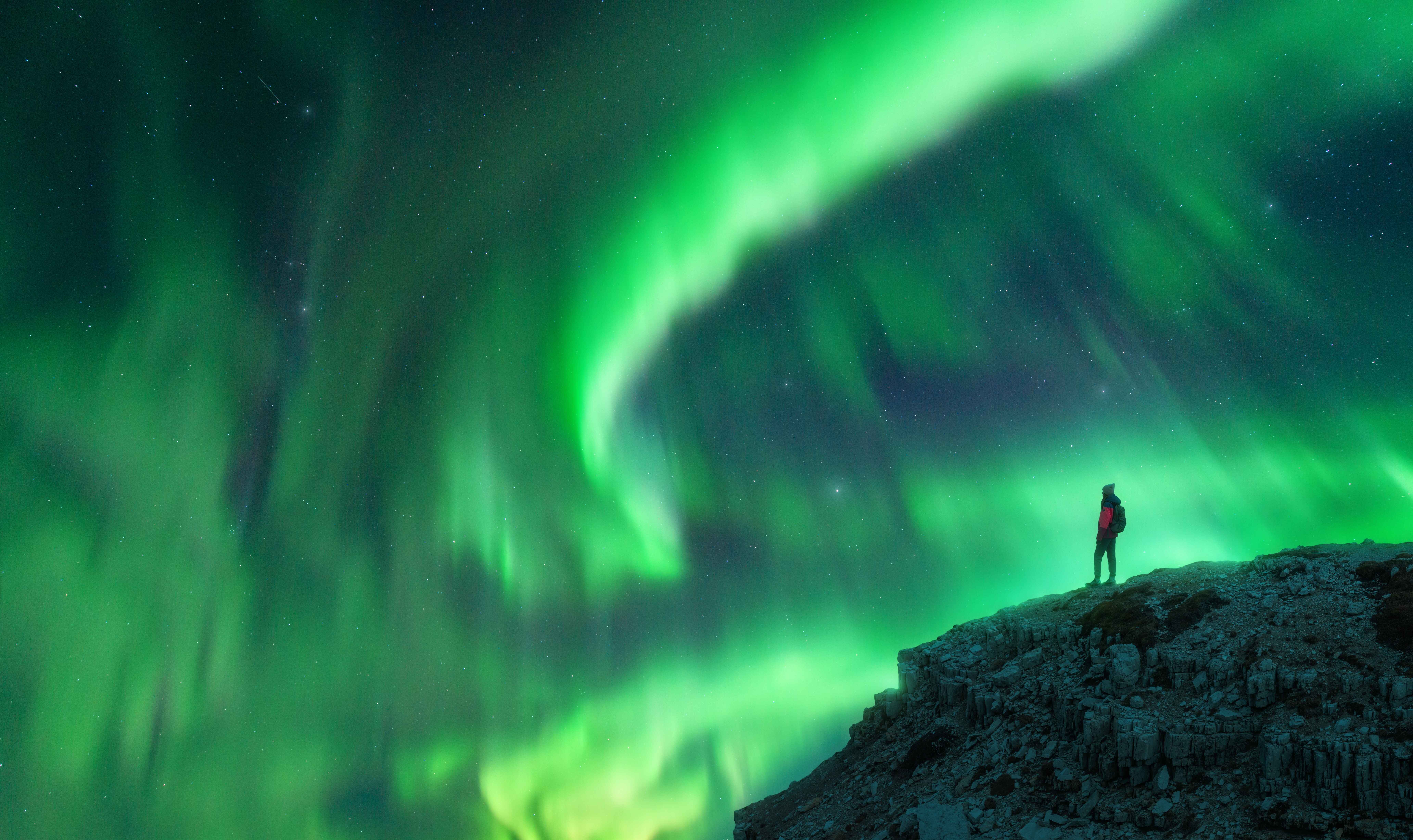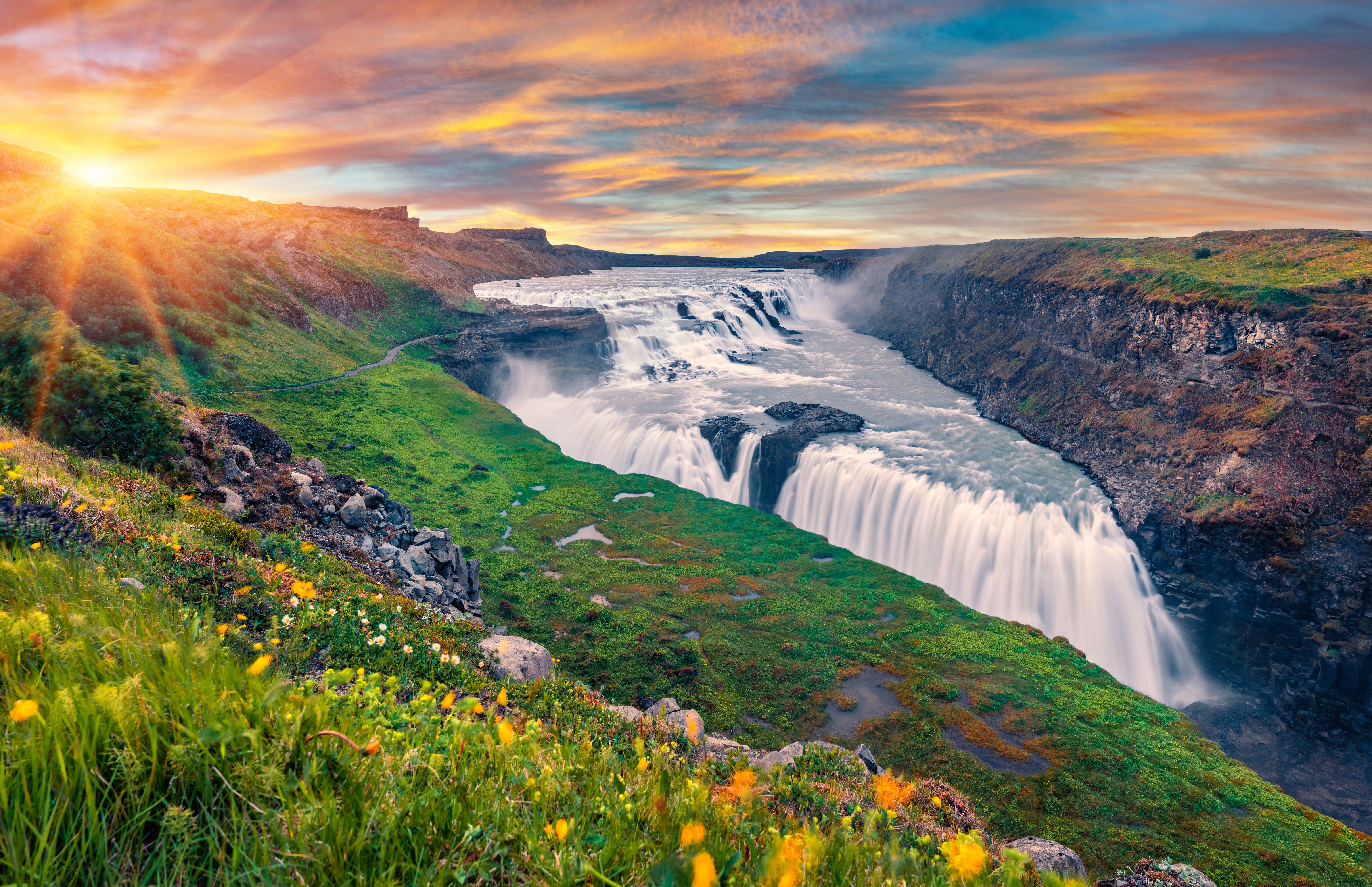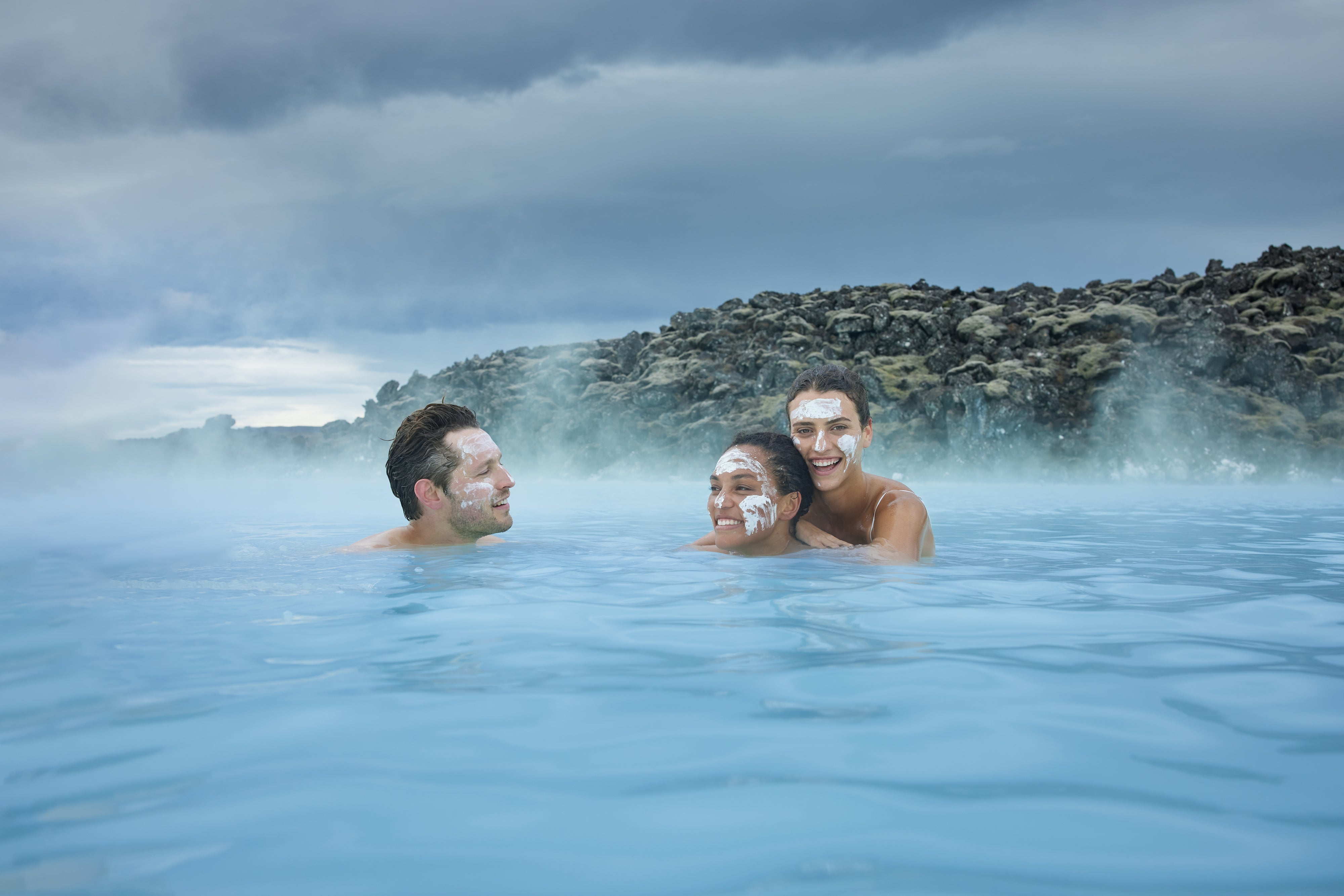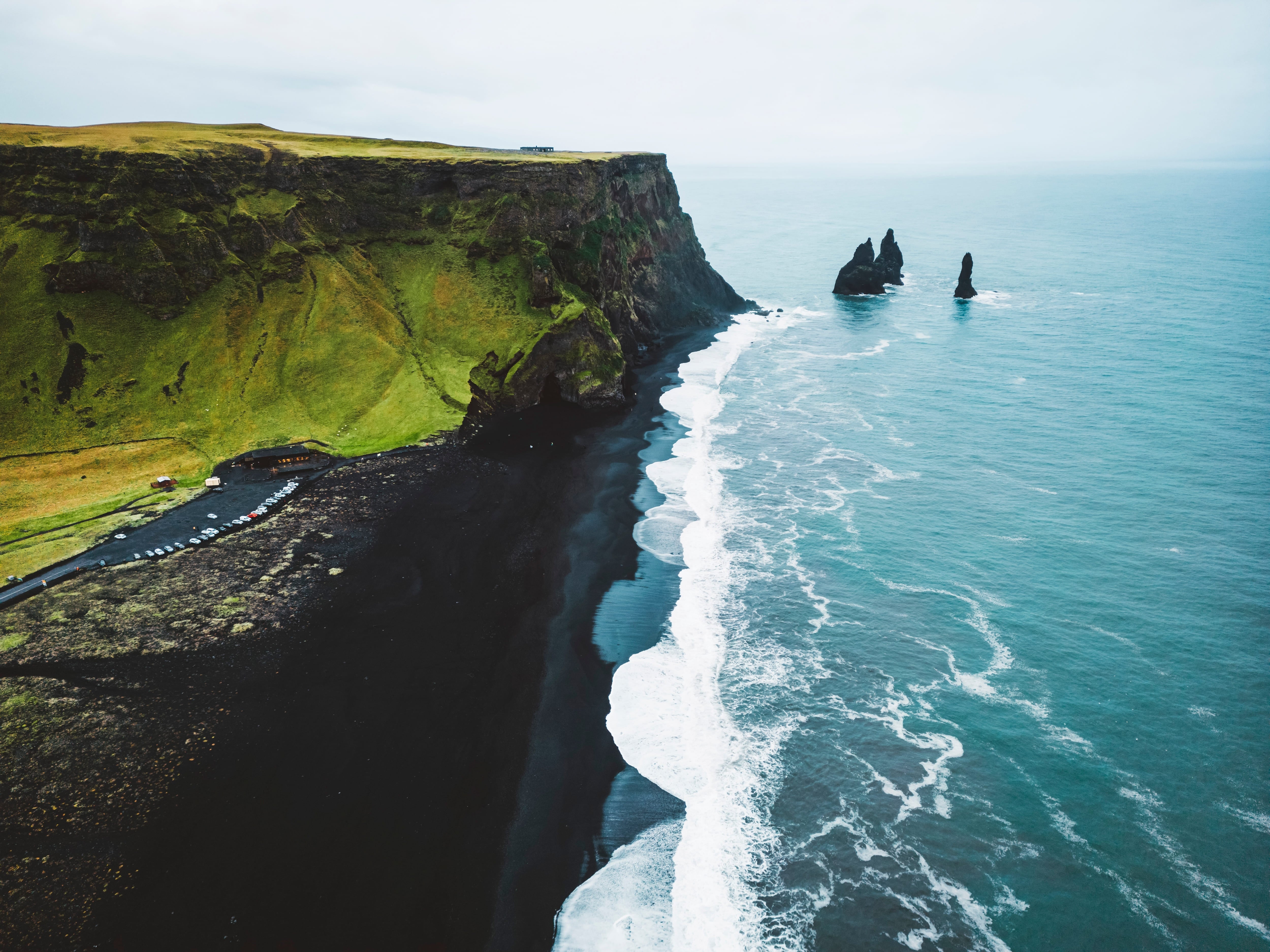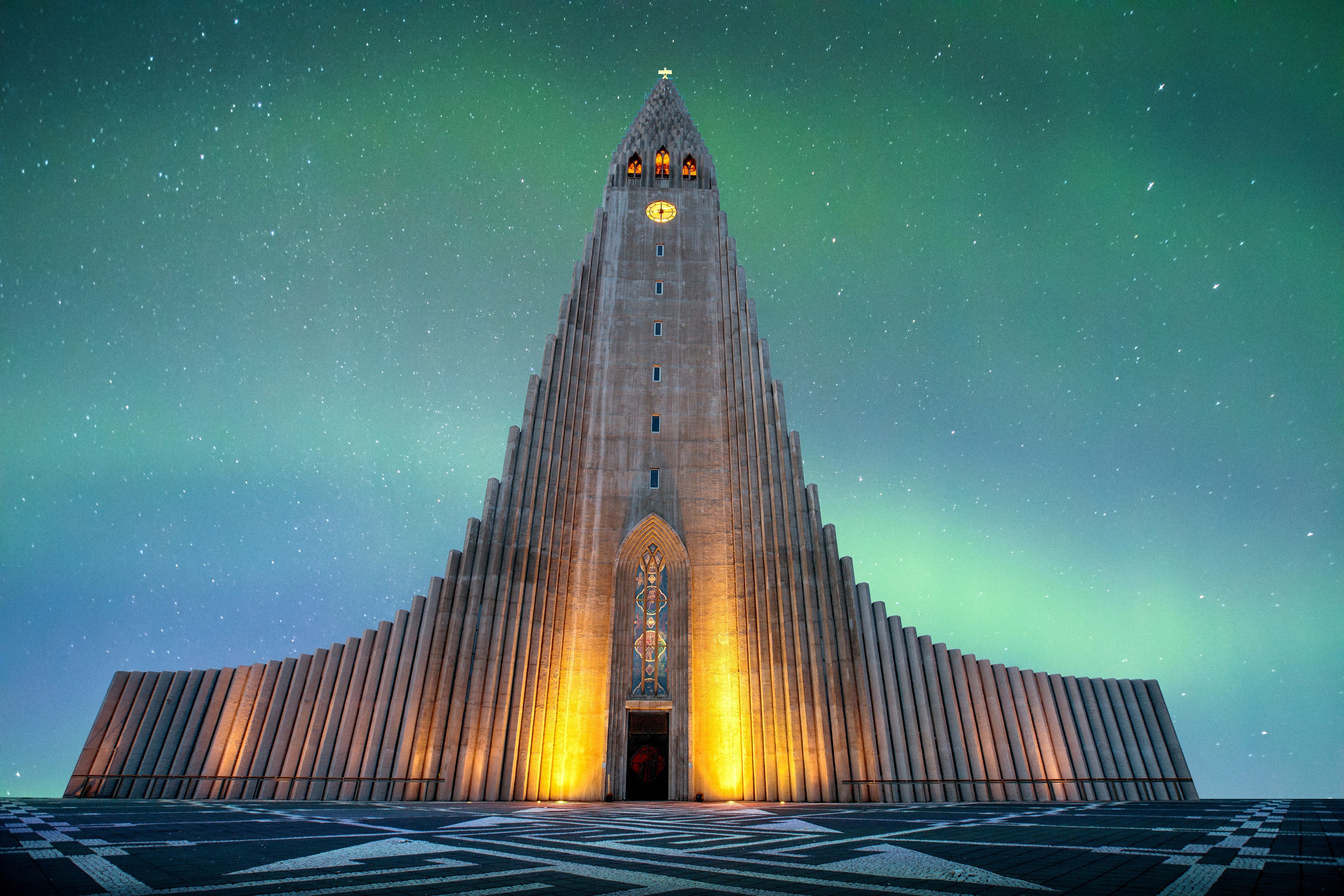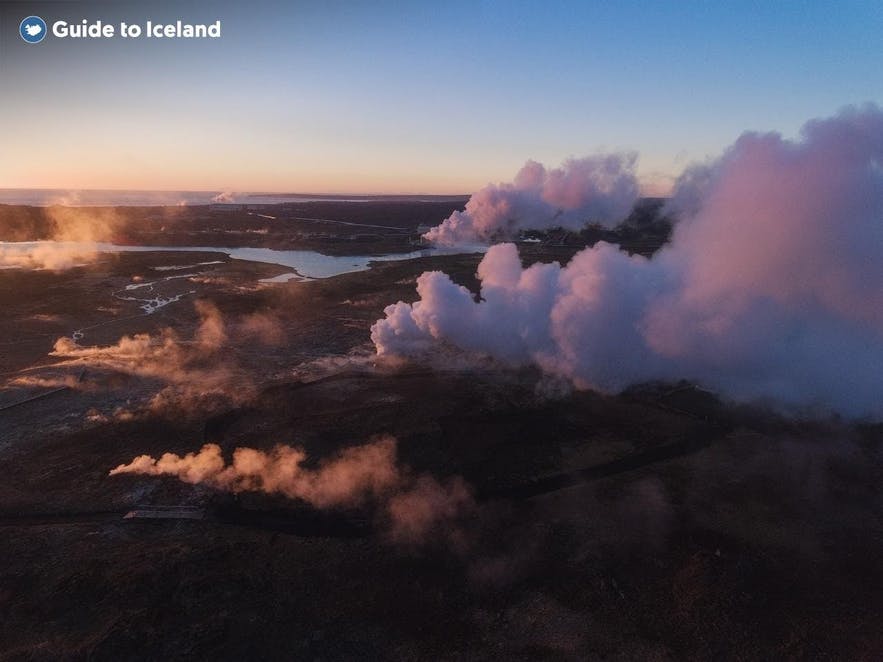
Hellisheiði is a lava plateau east of Reykavík, approximately 380 metres (1,247 feet) high.
Iceland's main highway, Route 1 passes through it, leading east. The latest and most distinctive lava field here is Kristnitökuhraun, formed in the year 1000.
저희의 콘텐츠를 신뢰할 수 있는 이유
가이드투아이슬란드는 아이슬란드에서 가장 믿을 수 있는 여행 플랫폼으로, 매년 수백만 명의 여행객이 저희와 함께 아이슬란드를 방문합니다. 저희의 모든 콘텐츠는 아이슬란드를 누구보다 잘 아는 현지 전문가들이 작성하고 검토하므로, 정확하고 신뢰할 수 있는 최신 여행 정보만 제공합니다.
Explore this area while on a self drive tour in Iceland.
Geothermal Activity at Hellisheiði
The area is has a high amount of geothermal activity, as can be seen in nearby hot springs. The best example, however, can be found at the Hellisheiði geothermal power station.
This is the third largest power station in the world. It provides south and west Iceland, including Reykjavík, with hot water, and the energy is also harnessed for electricity (although most of this in Iceland comes from dams).
The Hellisheiði power station has an interactive educational centre. It allows guests to tour it, and learn all about Iceland’s environmentally friendly means of energy and heat production. The exhibitions are fascinating for adults and children alike.
What to do at Hellisheiði
On the way through Hellisheiði one can see many of Iceland’s beautiful landmarks. The most notable of these are the dramatic surrounding mountains, the main ones being Bláfjoll (the Blue Mountains) to the south and Mt. Hengill to the north.
From the highest point of the plateau one may view volcanoes Eyjafjallajökull and Hekla, along with the Westman Islands.
Eyjafjallajökull was the glacier covered volcano that erupted in 2010, causing widespread problems across Europe with air travel. It also flabbergasted newsreaders everywhere as they tried to pronounce it correctly (most settled on ‘E11’).
Hekla is another notorious volcano, having erupted many times throughout Iceland’s history.
Looking to the Westman Islands, you will see more reminders of Iceland’s volcanic history. In the centre of the largest island, Heimaey, is the crater of the Eldfell.
This volcano went off without warning in the middle of town in 1973. It created Iceland’s newest island, also visible just off shore, called Surtsey.
